From the year 2013 to 2016, Lao banana exports increased to $200 million, a tripling in production within just three years. The leap in production was - on the surface - something to celebrate. Yet, this leap in figures had unforeseen on ground realities. Excessive pesticide use, revealed research, was a cause of fish deaths and illness among plantation workers.
The past is riddled with such struggles to find balance between food systems and ecosystems, snowballing into our uncomfortable present day truths:
One third of greenhouse gas emissions are from agriculture. Agriculture withdraws nearly 70 percent of the world’s water resources. And one third of the world's lands are now determined degraded - agriculture only exacerbating this trend.
The unsustainable use of our natural resources has significant implications. Destruction of habitats, climatic change, overfishing, pollution and erosion all contribute to loss of biodiversity. Scientists estimate we are losing species at more than 1,000 times the normal rate with extinctions occurring daily.
In other words, our Earth is in crisis. It is now imperative that we find ways to live within our planetary boundaries while feeding an ever-growing population. Though once a driver of a distressed Earth, agriculture can be a part of the solution.
These five examples show how agriculture can help, not harm, our planet.
1 Uncovering the economic benefits of biodiversity
Further research, by CGIAR Research Program on Water Land and Ecosystems (WLE) and the International Food Policy Research Institute (IFPRI), found that decreasing pesticide use increases the number of ladybugs, pollinators and other important insects adding economic value. These economic benefits of biodiversity mark the potential gains that can be made within our agricultural systems.
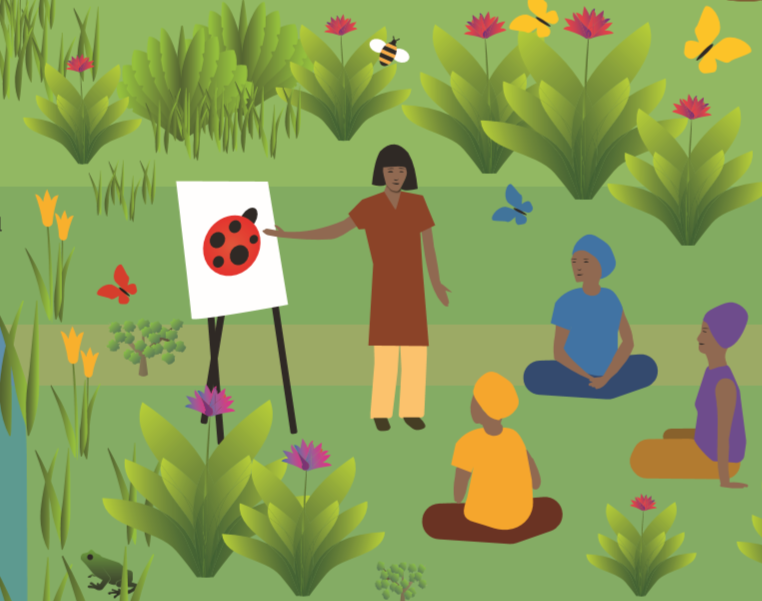
2 Making lands, and soils, healthy and fertile
Almost 40% of soils in sub-Saharan Africa are low on nutrients. This widespread degradation leads to erosion and desertification, which not only curbs food production but also threatens soil biodiversity and the organisms that rely upon healthy soil.
To mitigate further degradation, 17 countries are now using a soil–plant spectral technology, created by World Agroforestry Centre, WLE and partners, to improve agriculture and fertilizer decisions. By enhancing the efficiency of fertilizer use, government and smallholder level decision-making can aid in recovering degraded landscapes.
Making smarter agriculture decisions not only restores our Earth but also has economic value. Restoring just 12 percent of degraded landscapes could increase smallholder incomes by $35 to 40 billion USD.
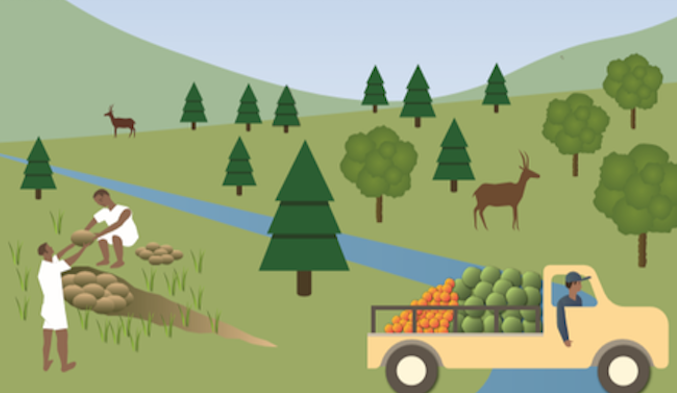
3 Removing carbon from the atmosphere
Bad soil management not only degrades landscapes and natural resources, but also contributes to emissions of carbon dioxide and other greenhouse gases. Yet, potential exists to remove up to 6.8 billion tons of carbon dioxide from the atmosphere if soil management is done right.
Techniques such as composting, mulching, zero tillage and agroforestry all show promise in carbon sequestration. Other tools and approaches can aid in addressing agriculture’s problematic role in carbon emissions.
Recently developed maps, by the International Center for Tropical Agriculture (CIAT) and partners, show where and how much carbon could potentially be stored in available cropland soils globally, while climate smart agriculture, such as conservation agriculture, could increase soil organic carbon on almost 85 percent of croplands. By increasing the amount of carbon in the soil, the amount of carbon released into our atmosphere lowers and soil fertility rises.
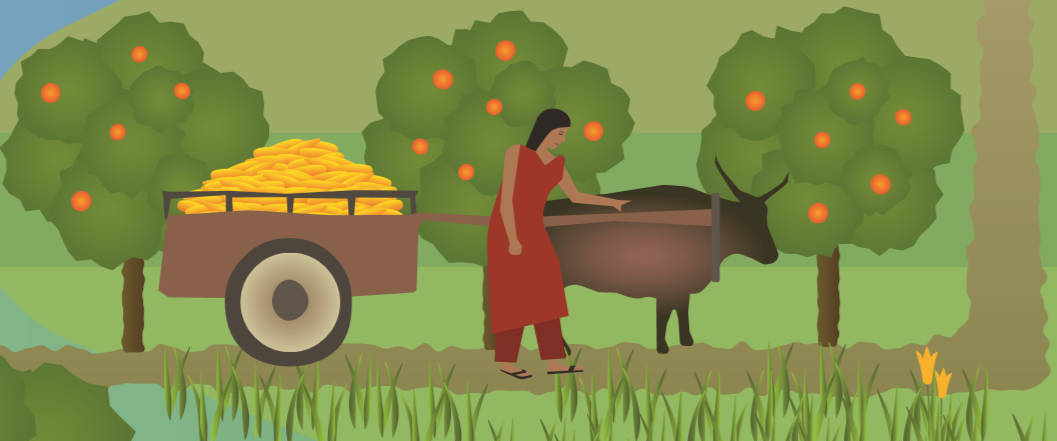
4 Finding balance for flourishing rivers
Nearly a fourth of global rivers no longer drain year-long into the sea due to dams and other infrastructure obstructing flows. But a certain amount of water is needed in rivers for ecosystems to thrive. In most countries, however, there is a lack of awareness and data on the importance of these environmental flows in rivers.
A new online tool, developed by WLE and International Water Management Institute (IWMI) scientists, calculates the relationship between surface water, environmental flow in rivers and groundwater replenishment. This tool and data helps decision-makers decide how to balance water use with environmental needs - a way for agriculture to better monitor its water use and wastewater outputs so that soil, fish populations and water ecosystems are not harmed.
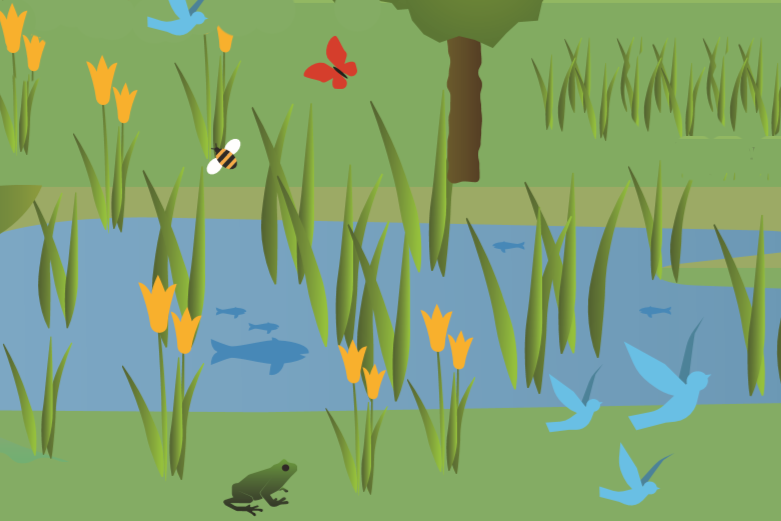
5 Addressing root causes of deforestation
Looking forward: Taking the right path for our planet
These five examples show that there is hope for agriculture to progress sustainably. Even in the case of the banana productions in Laos, the government, soon after the discovery of the impact of pesticides, drafted a new policy on sustainable plantation management. We need more efforts like this - solutions that prioritize sustainable food systems.
To be on right path for our planet, agriculture must deliver more sustainable management of land, soils, water and biodiversity - endeavours that help not just feed the world but protect the Earth and its resources we rely upon.
Thrive blog is a space for independent thought and aims to stimulate discussion among sustainable agriculture researchers and the public. Blogs are facilitated by the CGIAR Research Program on Water, Land and Ecosystems (WLE) but reflect the opinions and information of the authors only and not necessarily those of WLE and its donors or partners. WLE and partners are supported by CGIAR Trust Fund Contributors, including ACIAR, DFID, DGIS, SDC, and others.




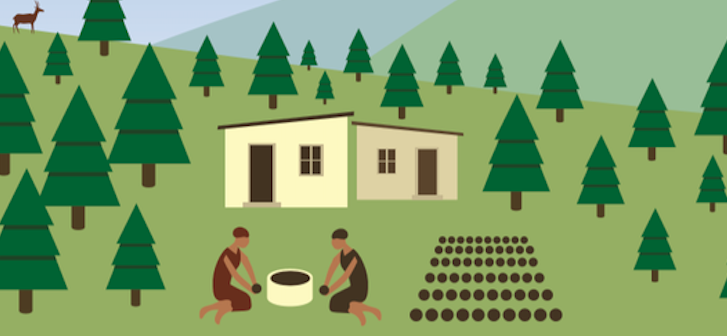
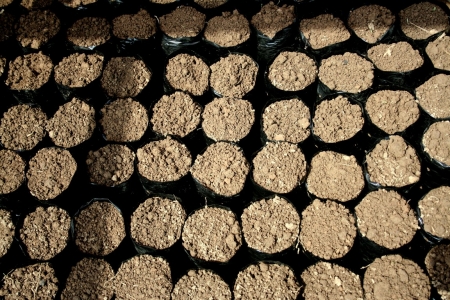


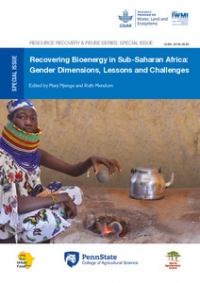

Comments
I love this article